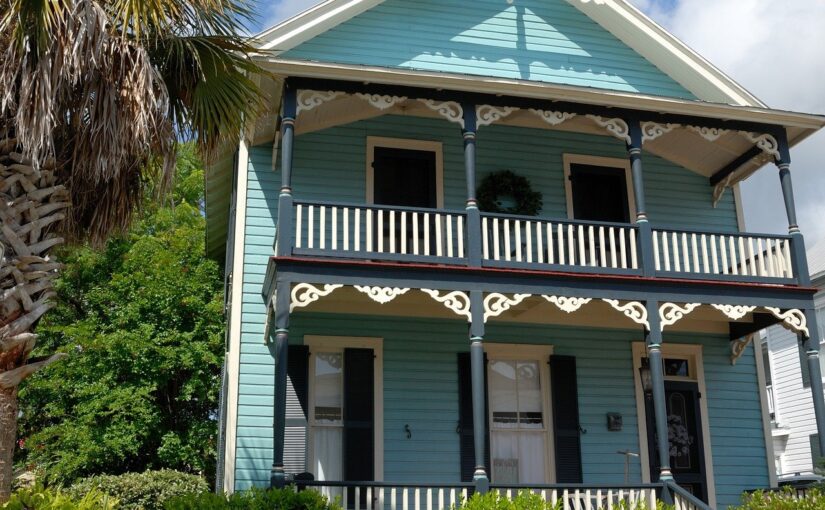Building and maintaining a successful real estate business as a fix-and-flip investor requires a lot of market knowledge and the ability to make the right decision quickly. If you don’t understand the area in which you are buying, or you don’t have a solid budget planned, you may lose profits on the sale. You can even come up short on the whole project. Your best choice is to spend just enough to meet buyer expectations for that specific area. Here are ways that putting too much money into your property rehab can hurt your business.
Overpaying for Properties Doesn’t Improve ROI
When you see a property with abundant potential in a great neighborhood, it’s tempting to pay a little extra if the seller is asking. The problem is that even a few extra thousand dollars can cut right into your profit margins. As a house flipper, you can’t get stars in your eyes the way a buyer looking for a primary residence might. If the after-repair value and the condition of the market don’t justify the additional expense, it’s probably not worth it. After all, you can’t always pass that extra cost to your future buyer to make up the difference.
Complicated Upgrades Take Longer
Fix-and-flip investing involves a creative vision as much as a data-oriented plan. It takes foresight and experience to see a home not just as it is but what it could be. When you’re focused on the property’s potential, it’s easy to explode your budget on a big overhaul of the kitchen or an expensive upgrade that increases the wow factor. Then it adds another three weeks or a month to your project, and you start to lose profits. Sometimes, complicated projects are unavoidable — especially if they affect your ability to sell the home. Be careful which ones you choose.
Expensive Materials Eat Profits
It is often true that you’ll have a hard time finding a buyer if you can’t give him or her the kind of countertop or flooring materials that everyone else in the neighborhood has. It’s also true that materials that cost more do not necessarily translate into higher profits. The ROI on improvements are rarely 100% for resale, and the percentage usually decreases the more you spend. In short, high-end material choices might bring more buyers to the door and could even help you sell it faster, but it won’t always increase the price. Choose accordingly.
Overpriced Homes Cost Time to Sell
Hopefully, you’ve carefully estimated the after-repair value for the home and determined what you’re likely to get when selling — before buying the property. In the event that you go over-budget on buying the home or making upgrades, you might hope to recoup some of that by adjusting the list price upward. Increasing the price can have a cooling effect, however, by pricing some buyers out of your reach and setting the property apart as more expensive than others. If you end up taking a couple months to sell it, you may pay more for financing and even miss other investment opportunities.
Incorrectly Gauging the Market Costs Money
There are a couple ways that you can look at value: what something ought to be worth and what people are willing to pay to get it. If you focus on the former, you might make a big mistake concerning the latter. It’s wonderful to have a buyer who is thrilled by your upgrades and ready to make an offer on the first day. You just can’t get so invested into this possibility that you make the home wildly uncompetitive with the rest of the area.
If you want your house-flipping business to be successful, be careful with spending. Maintaining a good ROI for the project requires you to target investments that will provide the most bang for their buck. By avoiding these common pitfalls, you can have a better chance of keeping your profits high.
Author bio: Eric Krattenstein’s extensive marketing experience began at a boutique marketing agency where he developed dozens of successful innovative marketing strategies for brands ranging from startups to Fortune 500s. Prior to joining Asset Based Lending in 2016, Krattenstein served as U.S. Chief Marketing Officer for a European enterprise software company where he spearheaded the company’s expansion into the United States and Canadian markets. In his current role as Chief Marketing Officer, Krattenstein leads Asset Based Lending’s Sales and Marketing team that helps upward of 40 to 50 real estate investors close hard money loans each month.







